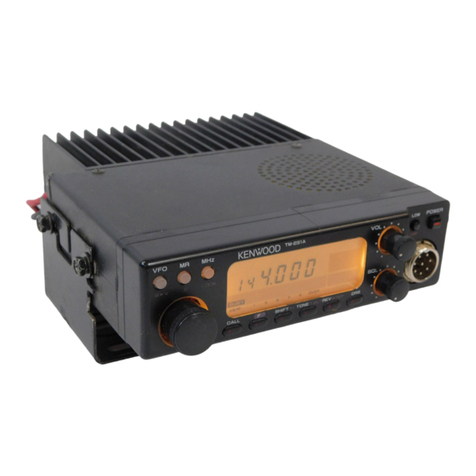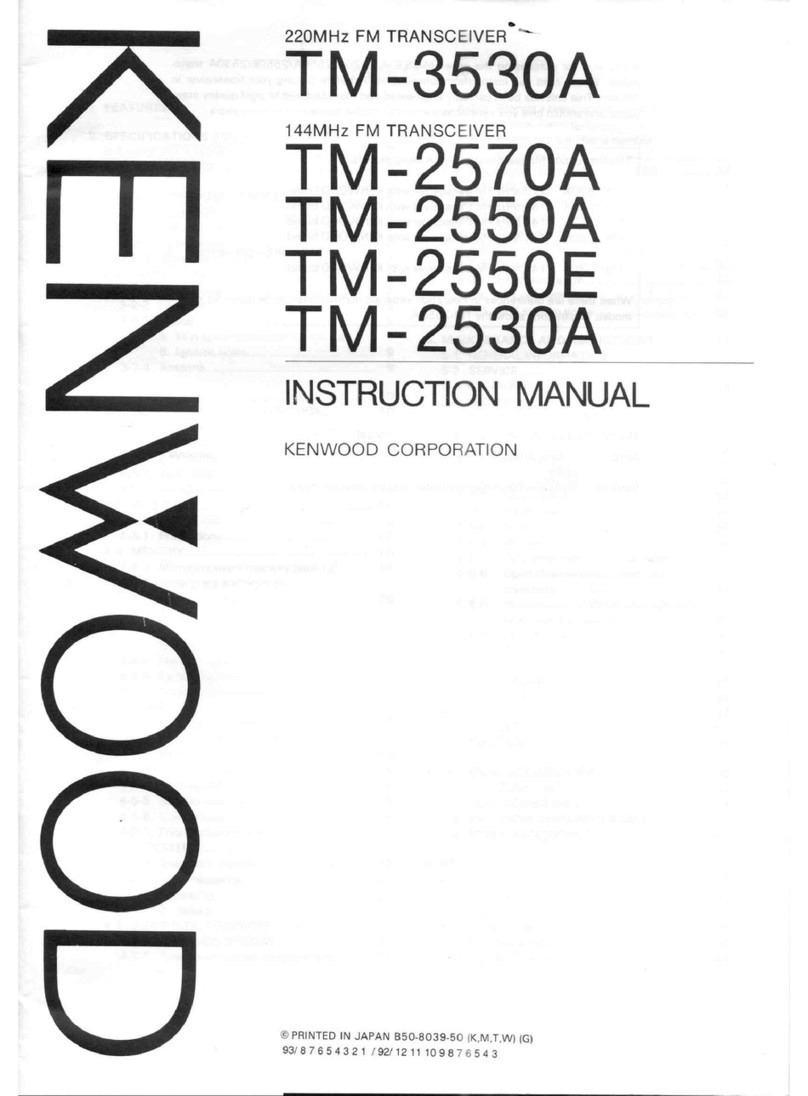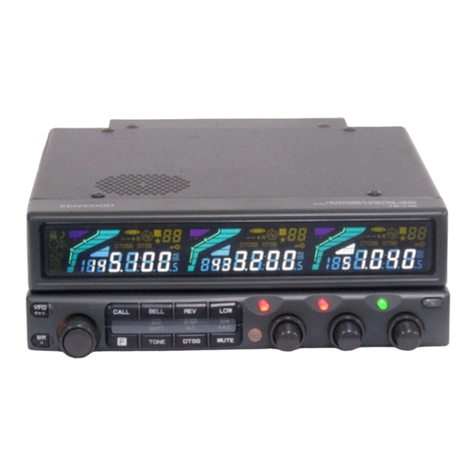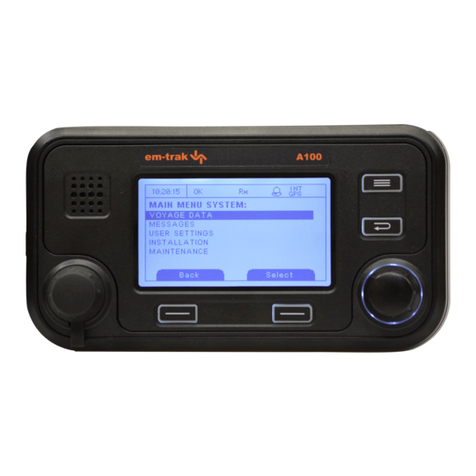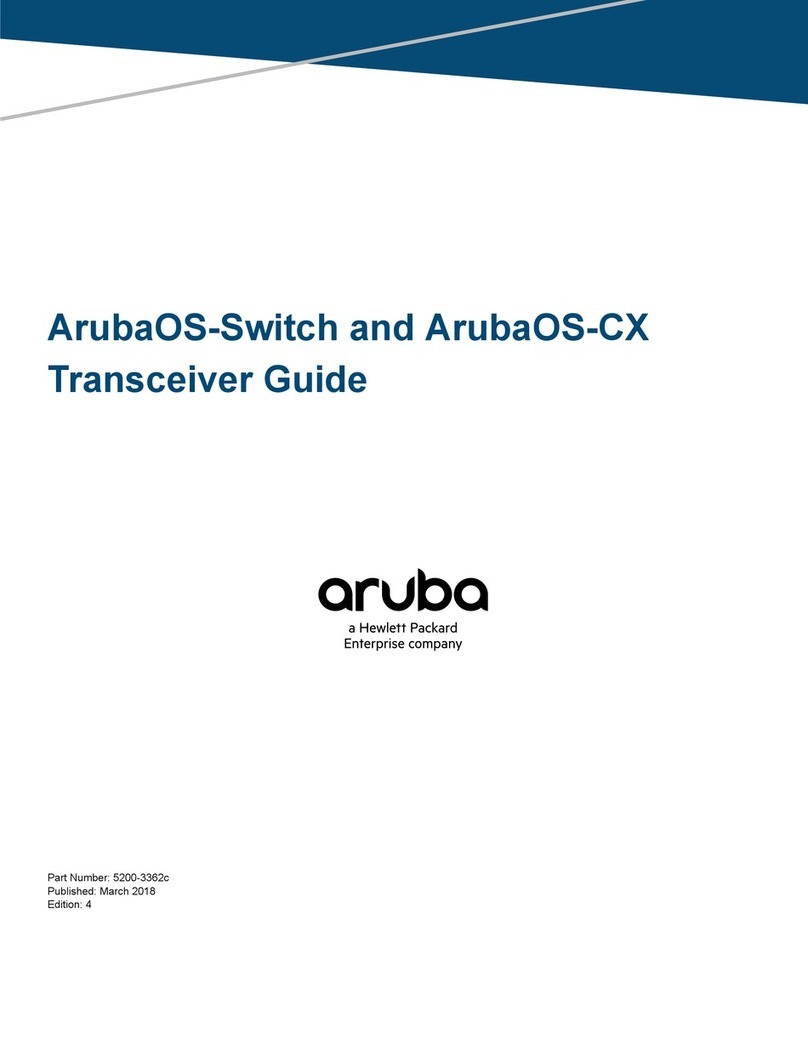Kenwood TM-641A User manual
Other Kenwood Transceiver manuals

Kenwood
Kenwood TK-3130 - ProTalk XLS UHF User manual

Kenwood
Kenwood NEXEDGE NX-300 User manual

Kenwood
Kenwood TR-7400A User manual
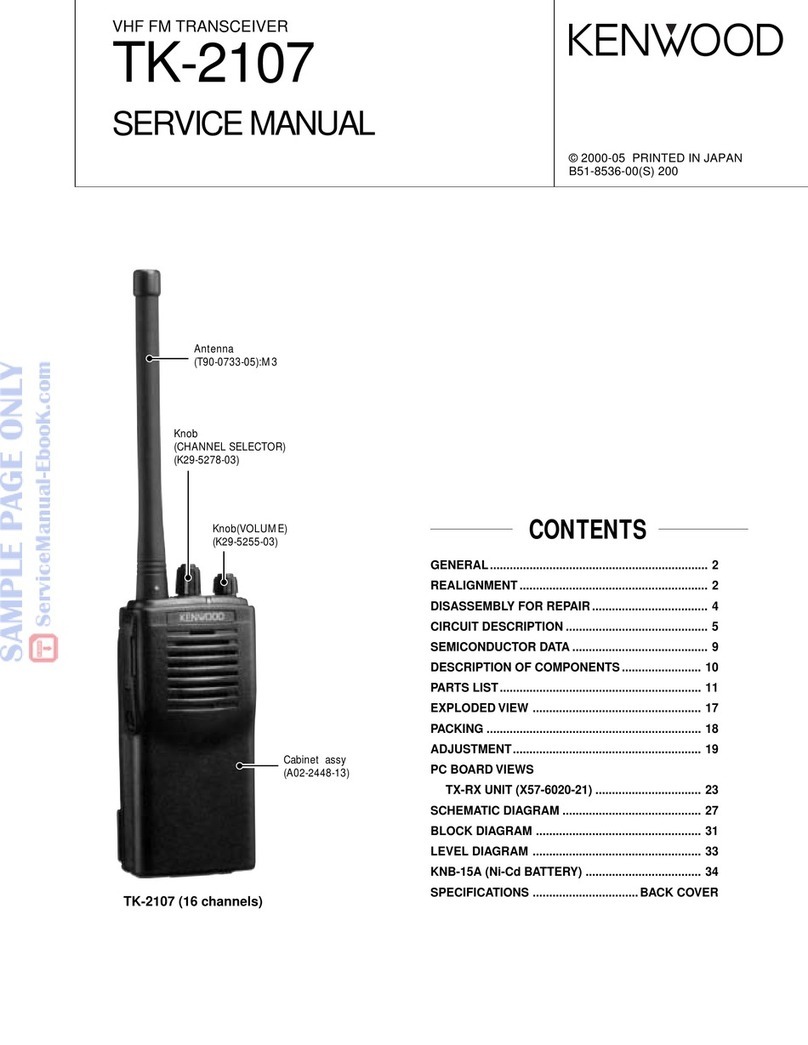
Kenwood
Kenwood TK-2107 User manual

Kenwood
Kenwood TR-50 User manual

Kenwood
Kenwood TK-2300 User manual

Kenwood
Kenwood TH-77A User manual
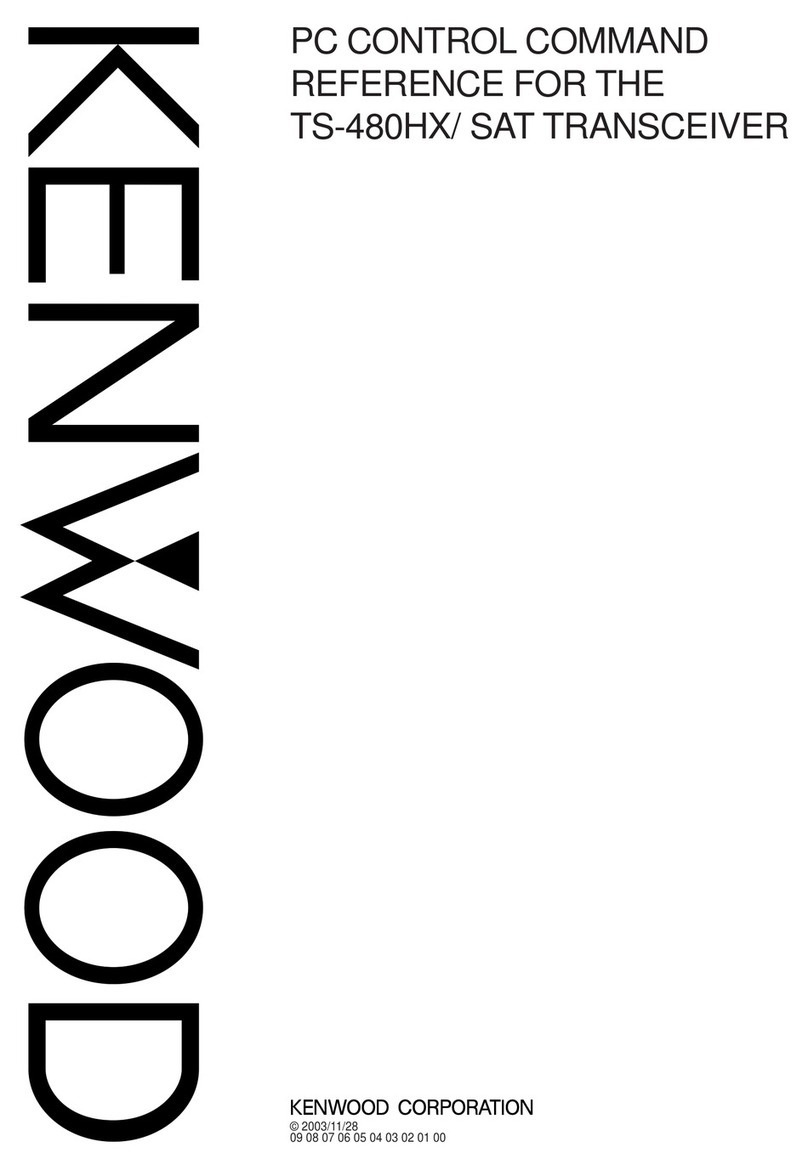
Kenwood
Kenwood TS-480HX User manual

Kenwood
Kenwood TK-190 User manual

Kenwood
Kenwood TH-25 Series User manual

Kenwood
Kenwood TM-3530A User manual
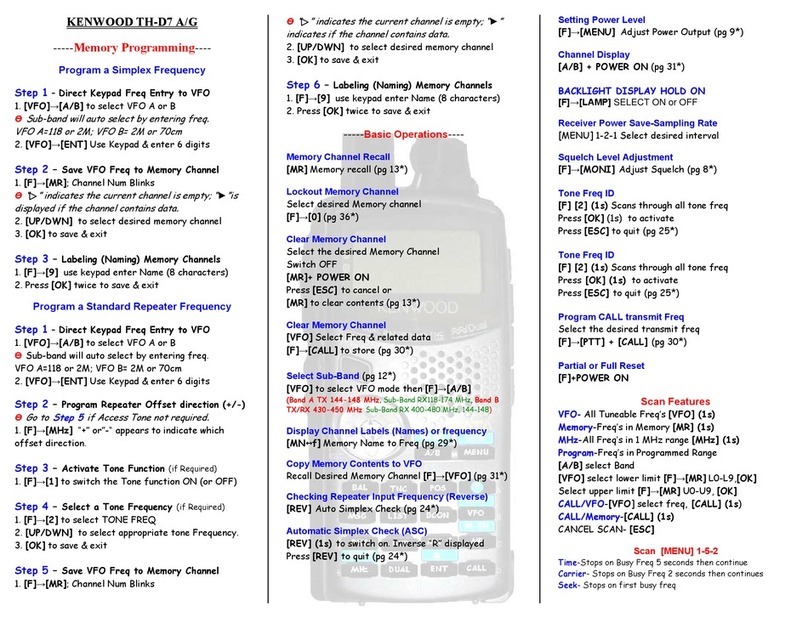
Kenwood
Kenwood TH-D7 A Operating instructions

Kenwood
Kenwood TR-2500 User manual
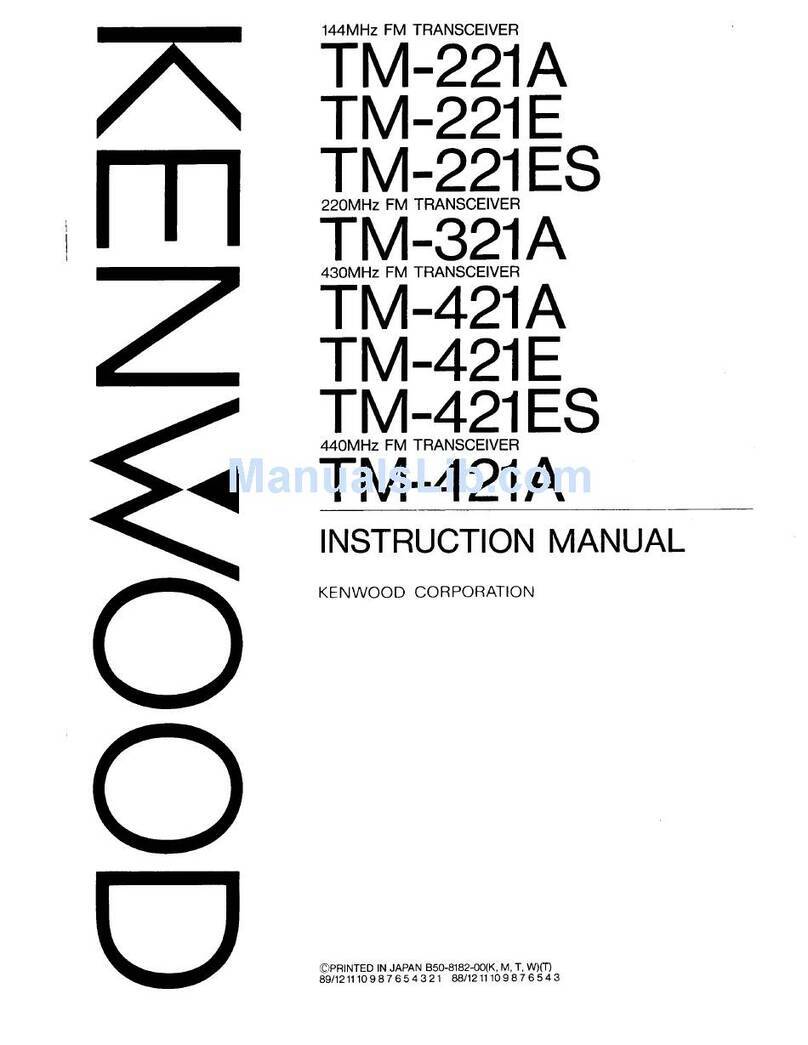
Kenwood
Kenwood TM-221A User manual

Kenwood
Kenwood TK-5910 User manual
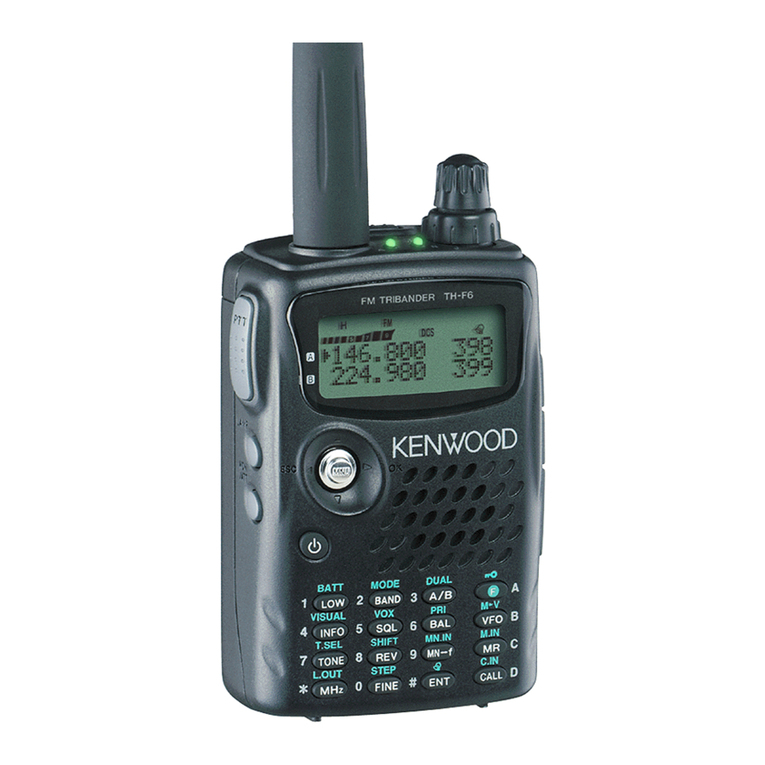
Kenwood
Kenwood TH-F6A User manual

Kenwood
Kenwood FreeTalk UBZ-GR14 User manual

Kenwood
Kenwood TK-480 User manual
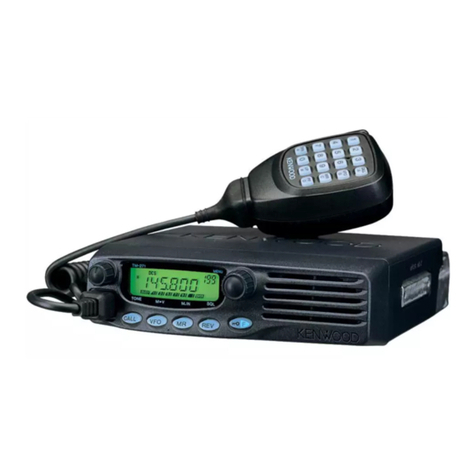
Kenwood
Kenwood TM-271A User manual
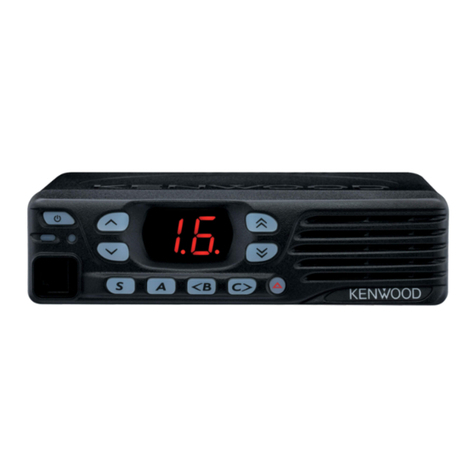
Kenwood
Kenwood TK-7302E User manual
